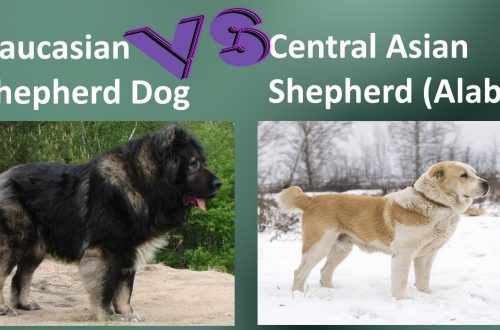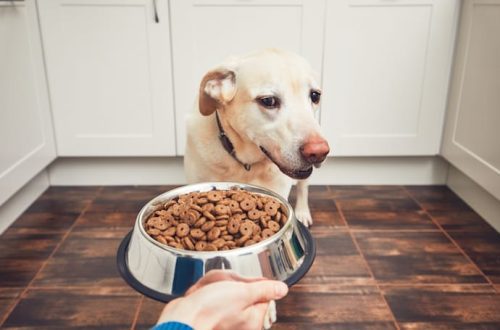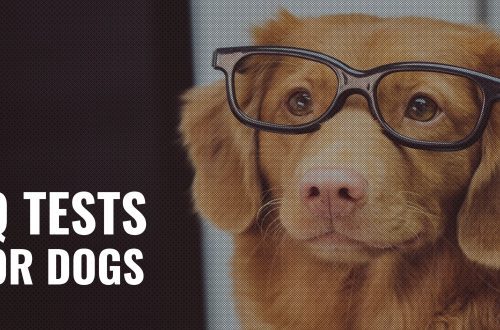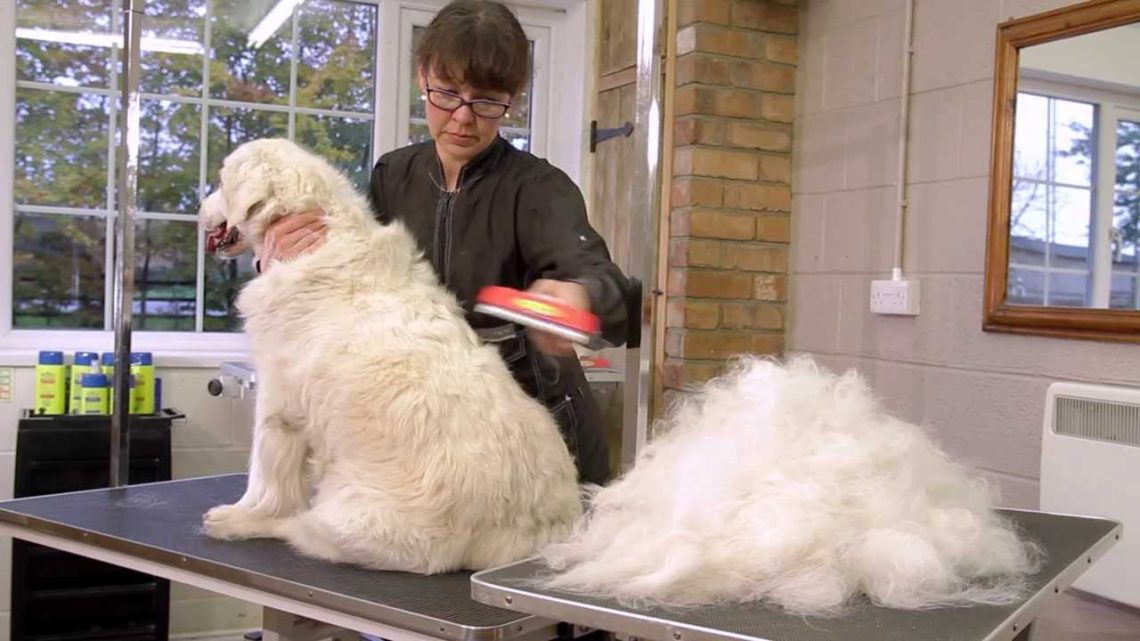
What is a Furminator?
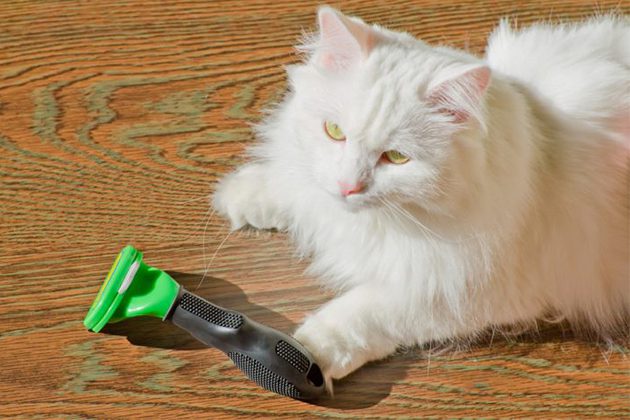
The idea of creating the device belongs to the American professional groomer Angie Porter. Together with her husband David, they developed a quality tool to reduce shedding in dogs and cats. Thus, the FURminator company was established, and the first tool developed by a team of veterinarians and engineers was called the “FURminator deShadding tool.” The Furminator is a symbiosis of a comb and a special blade that removes dead hairs of the undercoat when combing out, leaving the outer hair intact and does not injure the skin of the animal, which an ordinary slicker or brush cannot handle. It helps to facilitate and accelerate seasonal molting up to 90%, practically eliminates bezoars in the stomach of cats, from tangles, reduces the frequency of cleaning wool in the apartment. The effectiveness of the tool lies in its special design. Stainless steel blades penetrate into the deep layers of the animal’s coat, capture dead hairs without affecting the axial ones, and pull them to the surface. The ergonomic handle is non-slip and ensures quick work, while a special button instantly cleans the blade from fluff.
Contents
Who is the Furminator for?
Furminator is suitable for animals with an undercoat. There are options for long-haired (wool over 5 cm) and short-haired (less than 5 cm) pets. Examples of dogs that may need a furminator include:
- Long-haired dogs: Spitz, Pekingese, Golden Retriever, Huskies, Chow Chow, Collie, Sheltie, Bernese Mountain Dog, Chihuahua Longhair, Aussie, St. Bernard, Alabai, Malamute
- Short-haired dogs: Pug, Jack Russell Terrier, Labrador Retriever, Fox Terrier, Shar Pei, Petit Brabancon, Chihuahua Shorthair, Beagle, Etlebucher Sennenhund.
Cats that are great for Furminators:
- Long-haired cats: Persian, Siberian, Maine Coon, Norwegian Forest, Highland Fold, Kurilian Bobtail
- Shorthair cats: British Shorthair, Exotic Shorthair, Thai, Snowshoe, Munchkin, Russian Blue, Scottish Fold/Straight.
Which breeds do not need a furminator:
Furminator will not be needed for animals with no undercoat or coat at all, breeds with curly, exotic corded, coarse or long non-shedding soft coats, as well as kittens and puppies.
- Cats: Sphynx (Donskoy, Canadian, Peterbald, Ukrainian Levkoy, Bambino, etc.), Cornish Rex, Devon Rex, Selkirk Rex, Ural Rex, Oriental, Siamese, Balinese, Abyssinian, Turkish Angora, Bombay, Bengal
- Dogs: Xoloitzcuintle, Chinese Crested, American Hairless Terrier, Yorkshire Terrier, Biewer, Maltese, Bichon Frize, Shih Tzu, Poodle, Brussels Griffon, West Highland White Terrier, Kerry Blue Terrier, Wheaten Soft Coated Terrier, Komondor, Bullets, Schnauzers
Also, you should be careful when combing exhibition animals, so that at the time of the exhibition the pet has time to grow and have the right amount of wool.
Preparing the animal for combing:
- Wash and dry the animal, the pet must be clean and dry.
- Examine the skin for damage – scratches, scratches, wounds, so as not to hook anything with the furminator.
- Untangle by hand or cut off tangles.
- Comb the coat with a comb or comb.
Furminator combing method:
- Dip the teeth of the furminator into the wool to the full depth of the teeth.
- Gently and without strong pressure, guide the tool in the direction of hair growth, starting from the back, moving to the sides and stomach.
- By pressing a special button, remove the hair from the furminator blade.
Precautionary measures:
- Do not apply on wet hair
- Lead furminator only on the growth of wool, do not mind.
- Areas with delicate skin – groin, armpits, abdomen, nipples and genitals should be treated very carefully.
Application frequency:
Once every 4-8 weeks, during the period of active seasonal molting, it is possible more often. Using this simple grooming tool leaves the coat soft, shiny and smooth. The animal looks neat and well-groomed, feels more comfortable.



